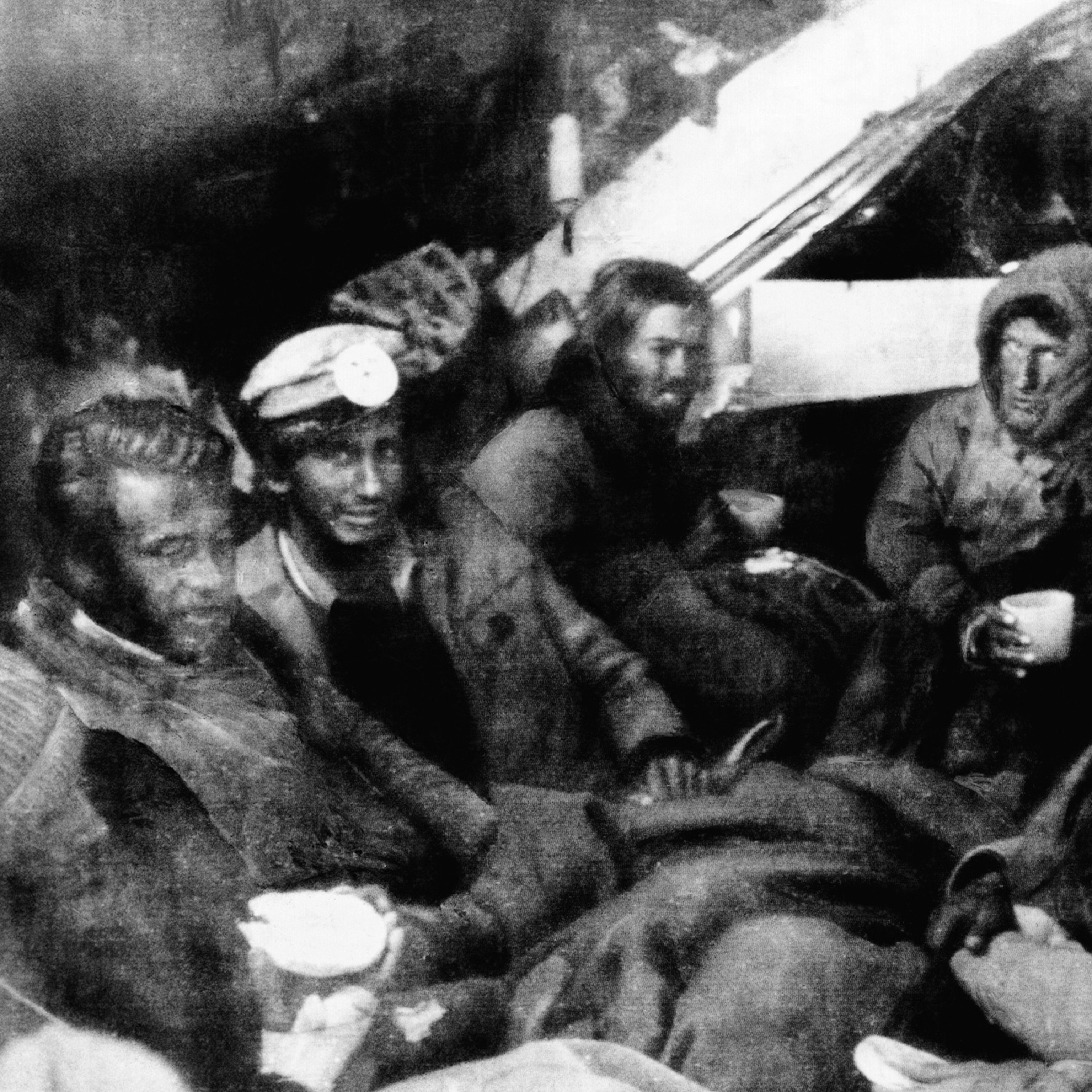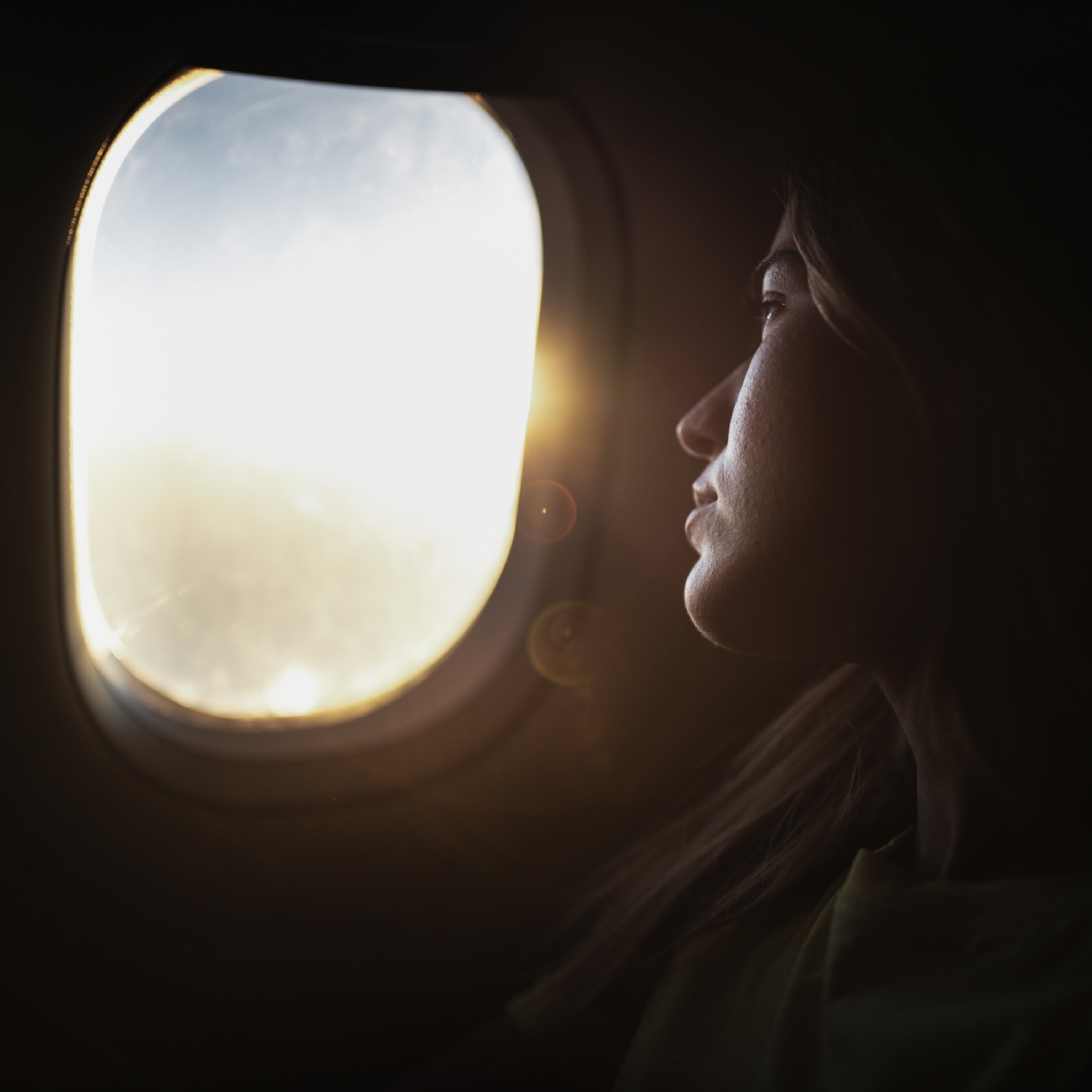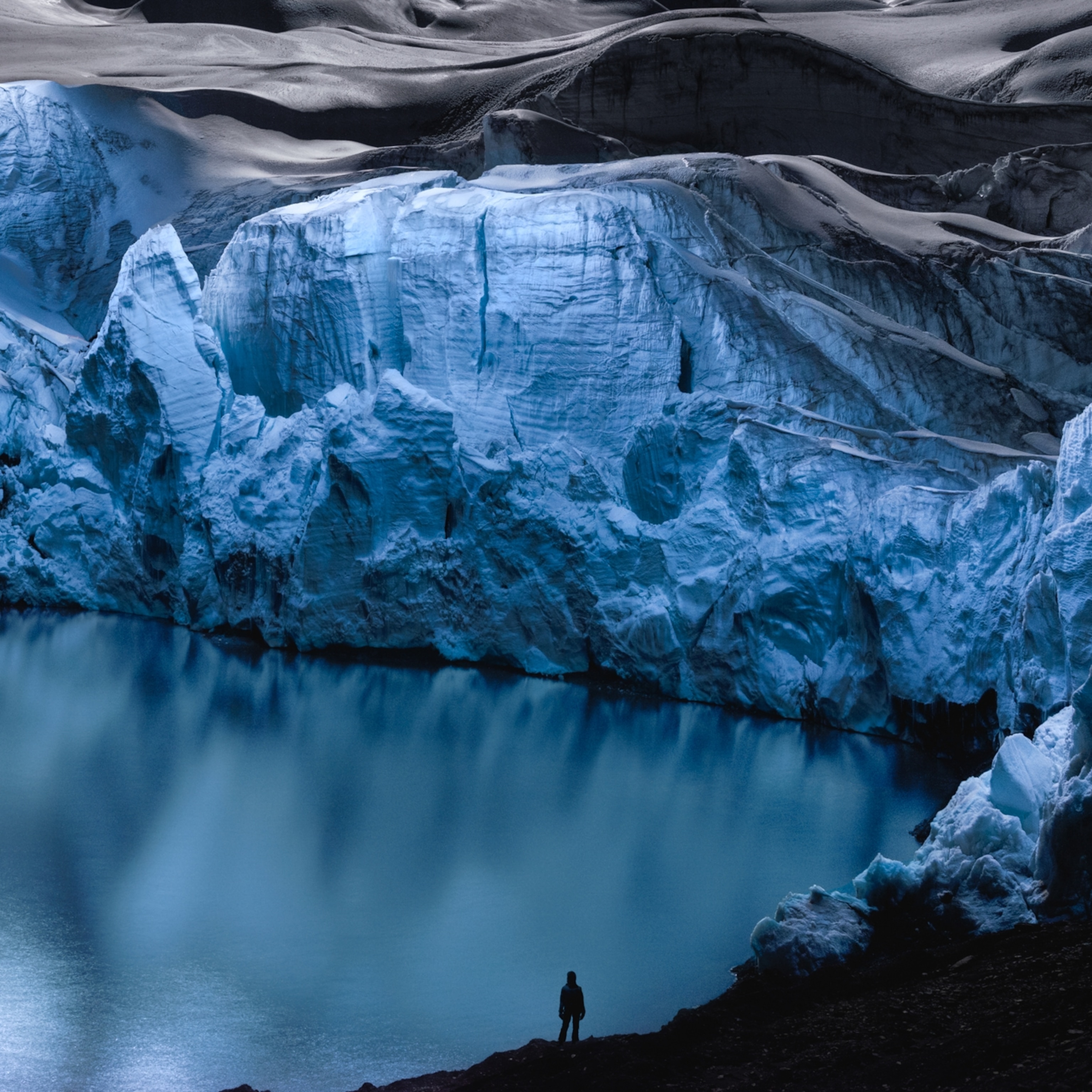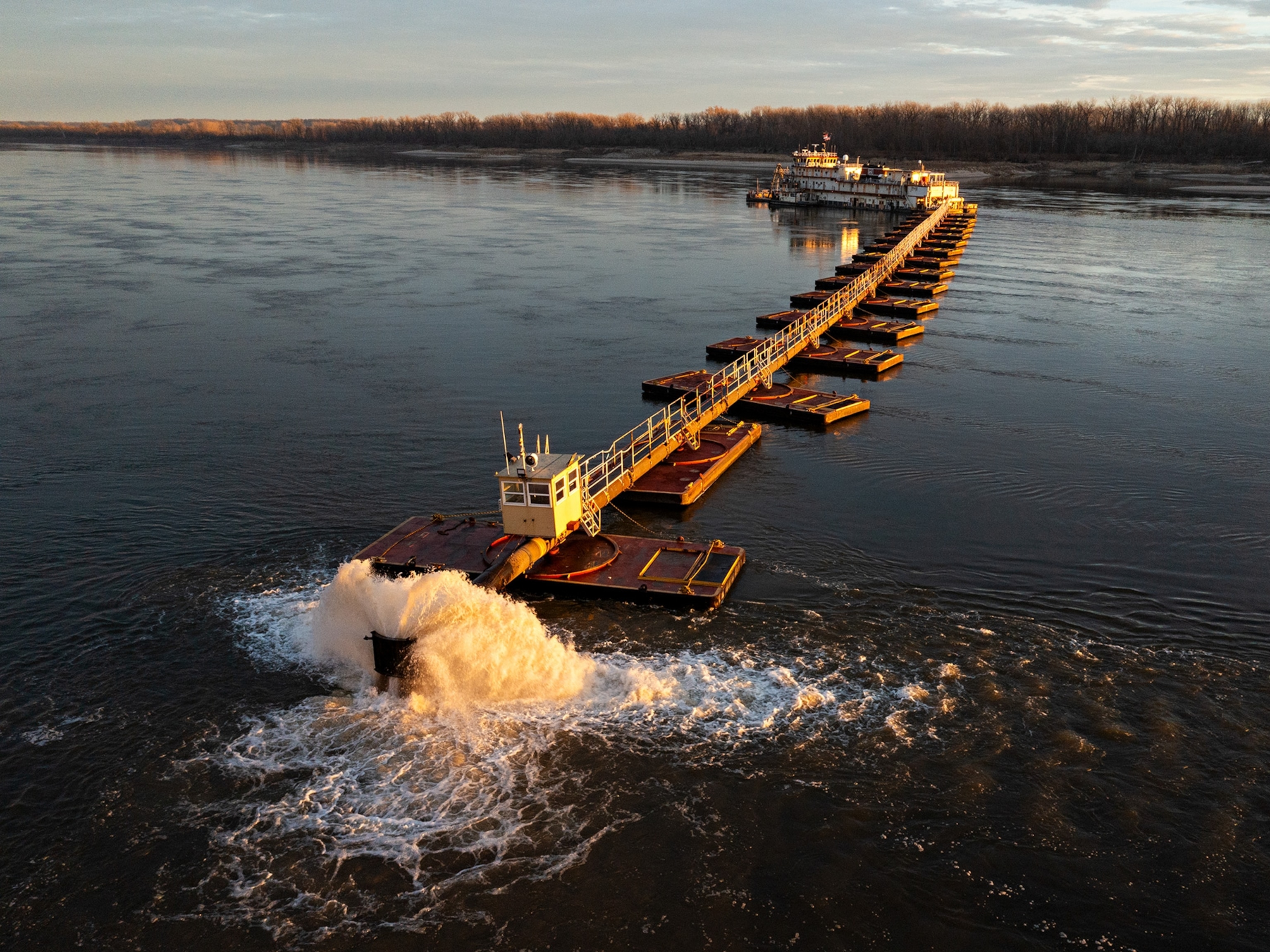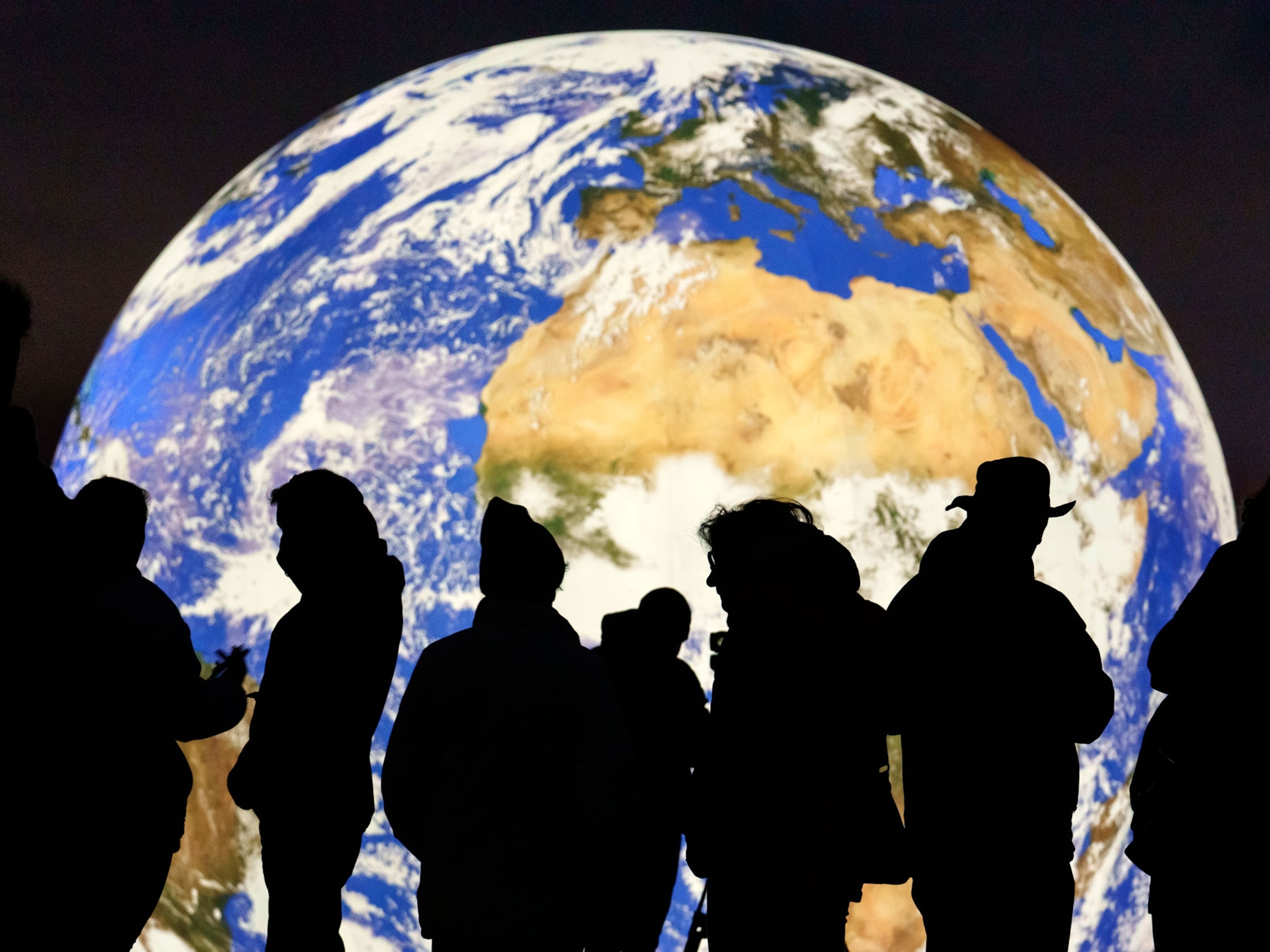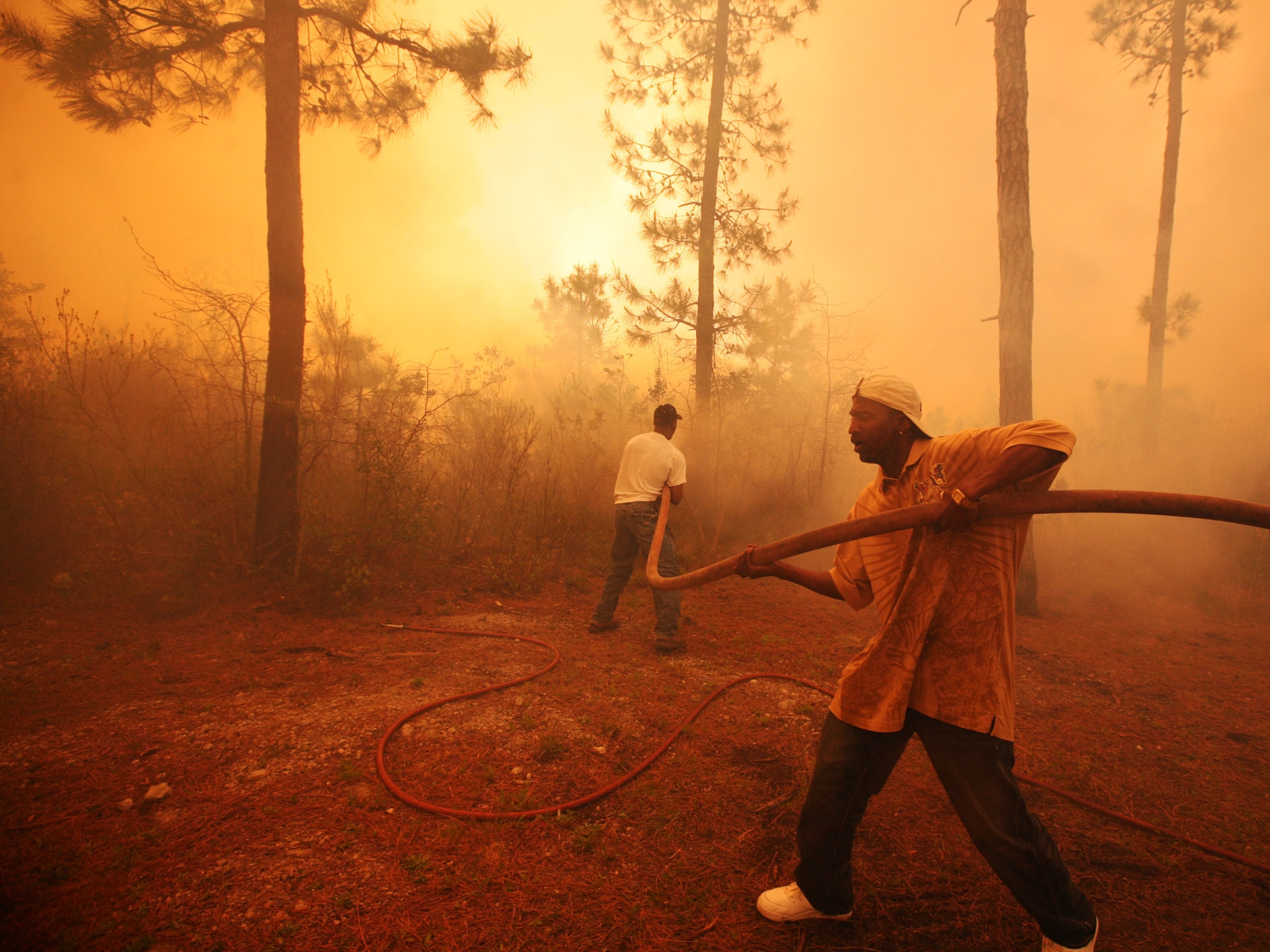
'Society of the Snow' would’ve gone differently in today’s climate
Snowfall is declining in the drought-stricken Andes, and the plane may not have had survivors if it landed on today’s rocky terrain.
The plane crashed into the Andes, lost its wings and tail, and slid for 2,000 feet at hundreds of miles per hour; passenger Roberto Canessa thought he was dead.
Instead, Canessa, a then rugby player and medical student, was about to be part of an iconic survival story, one that was recently portrayed in the Oscar-nominated film, Society of the Snow.
“I looked toward the back of the plane, through the gaping maw where a snowy universe was visible, a world indifferent to the terror and plight around us,” he later wrote in his memoir published in 2016.
But the snowy universe Canessa saw when he came to has dramatically changed.
Over the past 30 years, the Andes Mountains has lost around 12 percent of its snowpack per decade. And from 2010 to 2019, the region experienced a snow drought so severe it threatened freshwater availability in parts of South America. Climate change has made the place of the accident both drier and warmer.
(Learn more about the true story that inspired 'Society of the Snow'.)
If the same accident happened today, scientists say the survivors would be stranded on a completely different mountain.
A warming mountain range
While snow in the Andes varies by year and season, the average yearly amount has decreased dramatically since the 70s, said Raúl Cordero, a climatologist at the University of Groningen in the Netherlands. The year the plane crashed, 1972, had above-average snowfall that altered the flight’s fatal route. The flight was initially supposed to fly from Montevideo, Uruguay to Santiago, Chile on October 12, but the pilots decided to do an overnight stop in an Argentinian city—something we don’t see in the film— because of a bad storm in the mountains.
The large amount of snow made the cold worse and the days in the mountains unbearable for the survivors, but some aviation experts think the plane couldn’t have survived without it.
“If they had landed in a snowless situation, more than likely it would have torn the airplane apart and nobody would have survived the initial crash because of landing on rocks. No matter how fine they are, [it] is a lot tougher on an air machine traveling 150 miles an hour than landing in snow,” says John Nance, an aviation safety expert.
Even if the flight had survived this rocky landing, the survivors’ story may have played out differently.
The plane crashed into the mountains near the border between Chile and Argentina and then slid down to an area called the “Valley of Tears” (El Valle de las Lágrimas). In 2019, a study in which Cordero participated found that area of the Andes has been getting around 10 percent less snow per decade since the 70s. People who visit the mountains regularly have also witnessed this change.
“During the 90s, snow was consistent—now not so much,” says Juan Ulloa, a tour guide who has been taking tourists to the place of the accident for over 30 years.
The survivors stayed in the Andes from October to December, spring to summer in that part of the world. In the movie, we see them waiting for December to go look for help.
“What is extraordinary about the rescue photos is that there was snow in December. Nowadays it is very unlikely snow would last until December. It has melted by then,” Cordero says.
The global snow decline
The loss of snow in the Andes is part of global decline in snowfall.
“Snow cover is declining almost everywhere in the world. There are a few places where it’s not, but even there it probably can’t compensate for the extra melting we are seeing,” says Michael Lehning, a snow scientist at the Swiss Federal Institute for Forest, Snow, and Landscape Research.
In 2020, one study found 78 percent of the global mountain areas are undergoing a snow decline.
(This weather station in the Andes will help scientists search for climate answers.)
When temperatures rise, snow is more likely to fall as rain instead of as snow, which has repercussions for many industries, like tourism and agriculture, but also for overall water supplies. Snow is a water reservoir because it melts slowly, allowing people to use the water bit-by-bit, says Pam Pearson, director of the International Cryosphere Climate Initiative.
But now, even that rainfall is declining.
“Summers in the area are rather dry and the area depends heavily on the snow that fell during the winter,” says Mariano Masiokas, a Researcher at the Argentine Institute of Snow Science, Glaciology, and Environmental Sciences.
As snowfall declines, it’s accelerating the rate of local warming. This happens for the same reason we wear light colors in warm climates; they reflect energy and prevent warming.
But when the sun hits a snow-free dark surface, the surface absorbs all the energy and the earth heats more, Lehning says.
This means snow itself cools the environment, and the lack of snow at the crash site could have made the cold more bearable.
In addition to frigid temperatures, survivors have said that one of their main challenges was thirst—eating snow would hurt their gums, tongues, and throats, and they initially didn't have the tools to melt it. But with warmer temperatures, not even frozen water might have been available, and they would have been forced to look for snow at the mountain’s top or get water from a different source, like a glacier.
Preventing another Andes crash
While climate change is increasingly worrisome, flying has gotten safer, lowering the probability of this accident happening today.
The consensus among aviation experts is that the pilots began to descend too early, thinking they were closer to Chile that they actually were. Thanks to modern electronics, such as GPS technology, that is less likely to happen today.
“As aviation has progressed, our abilities have improved tremendously in aviation safety in general, but also in our electronic ability to know where we are, how fast we are going, and what are the hazards ahead,” Nance says.

